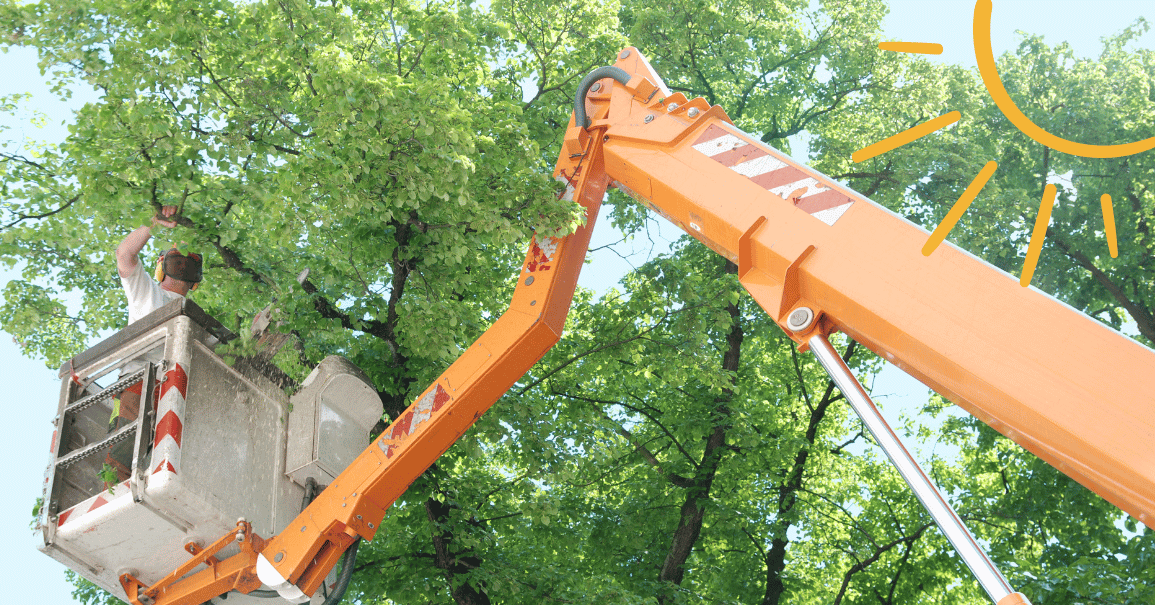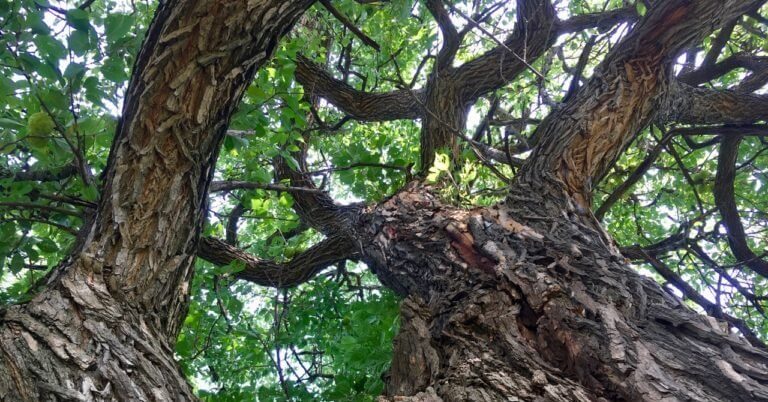When strolling through oak-rich landscapes, you may have come across curious, bulbous growths on the leaves or branches of these majestic trees. These peculiar formations are known as oak galls. This article will delve into the fascinating world of oak galls, exploring their nature, inhabitants, and the critical question: Should you remove them?
What are Oak Galls?
Formation and Appearance
Oak galls are abnormal growths that develop on oak trees as a response to the presence of certain insects. These growths, which can vary in size and shape, are typically found on leaves, twigs, or branches. The most common oak galls are caused by tiny wasps laying their eggs on the tree. When the eggs hatch, the tree forms a protective structure around the developing larvae.
Types of Oak Galls
There are various oak galls, each caused by different species of wasps. Some of the most common include the marble gall, apple gall, and the intricate, maze-like galls induced by the cynipid wasp. The diversity in their appearance adds to the allure of these natural phenomena.
Should you Remove Oak Galls?
In most cases, you don't need to remove oak galls. They are harmless to the tree and will eventually fall off once the wasp larvae have matured and emerged. Removing galls can damage the tree and make it more susceptible to disease. However, if you have many galls on your tree, or if they are located where they are unsightly or could cause damage, such as on a branch that rubs against your house, consider removing them. It is best to consult with a certified arborist to determine if removal is necessary and to do the job safely.
What Lives in an Oak Gall?
Oak galls are home to wasp larvae, which feed on the tree tissue inside the gall. The larvae eventually mature and emerge from the gall as adult wasps. There are many different species of cynipid wasps, each producing another type of gall.
Life Cycle of the Oak Gall Wasp
The oak gall wasp plays a crucial role in forming these peculiar growths. The female wasp injects her eggs into the tree, and as the larvae develop, the tree creates a protective structure around them. The wasp larvae feed on the tissue within the gall, eventually emerging as adults. This unique relationship showcases the intricate dance between insects and trees in the natural world.
Environmental Significance
While oak galls may be inconvenient for trees and their human admirers, they play a vital role in the ecosystem. The presence of gall-forming insects sustains various wildlife, including birds and small mammals. Removing oak galls without considering the broader ecological context may disrupt these delicate relationships.
Oak Gall Management
For those considering oak gall management, it's essential to approach the situation carefully and consider the tree's well-being.
- Selective Pruning: If oak galls are a concern, selective pruning is an option. Carefully remove affected branches or galls during the dormant season to minimize stress on the tree. However, avoid extensive pruning, as oak trees generally tolerate the presence of galls.
- Maintaining Tree Health: Focus on overall tree health by providing proper irrigation, nutrient-rich soil, and regular inspections. A healthy tree is more likely to withstand the presence of oak galls and other stressors.
- Consulting Professionals: When in doubt, seeking the advice of arboriculture professionals, such as Strobert Tree Services, can provide valuable insights. Professional arborists can assess the specific situation, offer guidance on oak gall management, and ensure the long-term health of your oak trees.
Contact Strobert Tree Services - Your Trusted Partners in Tree Care
At Strobert Tree Services, we pride ourselves on being leaders in tree care in Delaware, Pennsylvania, Maryland, and New Jersey. Our team of experienced arborists is dedicated to preserving the health and beauty of your trees. If you have concerns about oak galls or any other tree-related issues, contact us for expert advice and professional tree care services. Together, we can ensure your trees' longevity and contribute to your landscape's thriving natural beauty.











